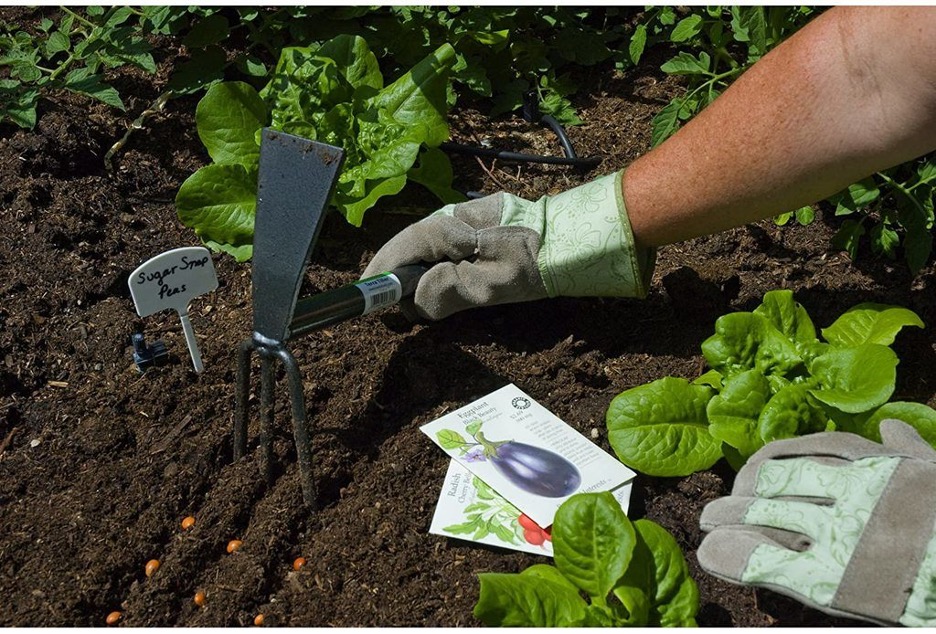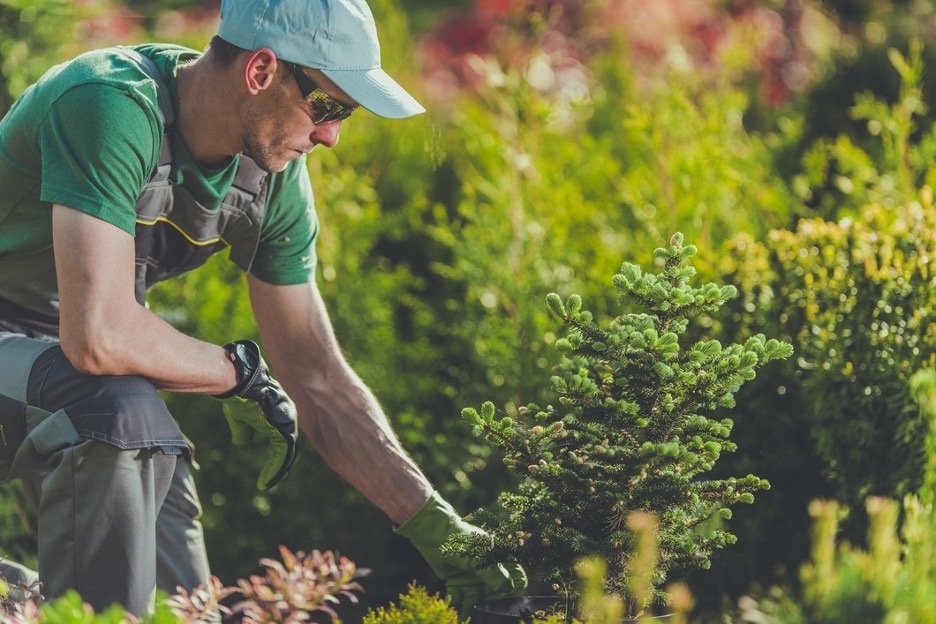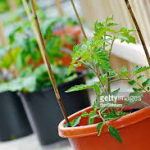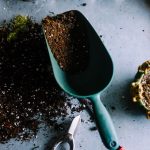Soil preparation is hugely significant when it comes to gardening. If you do not take the necessary steps to create a hospitable environment for your plants, you are just wasting your time. Tilling is one of these necessities: it involves stirring, digging, overturning the soil to loosen and prepare it for planting. Some people are very interested in home gardening but refuse to take up the hobby, thinking it will be downright exhausting. But it does not have to be that way.
For instance, you might enjoy planting and taking care of your flowers, but find the preparation process tedious. Luckily, hand tillers are there to prove you wrong. These are practical tools that make the gardening experience way easier and more enjoyable. Handheld or upright, depending on your preference, they enable you to create the perfect conditions for your seeds to grow and make a visual spectacle out of your garden. Click here for more.
Some Basic Information
Wintertime can be pretty harsh on the soil. Gardeners know this very well, so they take measures to bring it back to life after all the moisture and snow are gone. If they plant their seeds without tilling the ground first, there is a low chance of successful plant growth. After the soil is turned and loosened, the root system can spread with no obstructions.
Some people attempt to do it with shovels instead of tillers. However, this is not the best approach. You can probably break up the soil to a certain extent, but hand tillers are simply more thorough and effective. By pushing further down, they expose the soil to enough oxygen and loosen all the nutrients. They also break apart dirt clods and help you dispose of weeds.
Apart from tilling, these specialized tools come in handy when adding supplements to your soil. It could be various animal products, compost, a fertilizer of some kind; hand tillers will help you integrate the new substance in a matter of minutes. You can look at it as a part-tiller, part-mixer for your garden. Instead of buying separate tools for each purpose, you get a two-in-one solution.
A Few Guidelines
Of course, acquiring a hand tiller is only half of the job; the other half is knowing how and when to use it. Generally, experts recommend using it in the spring and the fall; that is, before and after the actual gardening season. Some people leave out this activity in the fall, but springtime tilling is absolutely necessary, especially after a harsh winter.
Under low temperatures, the soil gets too compact and hard. It is hardly the ideal terrain for growth, so you need to refresh your garden by tilling it. You can compare a garden in winter to a room that has not been ventilated for months. Once you open the windows, the oxygen comes, replacing the stale air and breathing in new life. That is precisely what tilling does to the ground.
And why is fall a good time to work in the garden? Well, your garden has been very active during the summer, and the harvest is finished. It will do plenty of good to receive some compost, manure, or some other helpful supplements. If you do this in autumn, these substances have more than enough time to break apart and become part of the dirt during winter. Once spring arrives, you will find a ready and fertile garden waiting for you.
Avoiding the cold is very important for tilling in both seasons of the year. In spring, you should wait until it is hot enough (around 60°F) and the ground is unfrozen and loose. On the other hand, you should always do post-harvest tilling before winter starts. Once the soil freezes, it is practically impossible to break it up and add some nutrients along the way.
Practical Advice
Choosing the best hand tiller for you depends on your needs. In theory, you can do it using any type, but short and long tillers serve different purposes. There is more than one factor involved: planting depth, soil type, how much turning you need to do, etc. Knowing all this beforehand will help you pick the most suitable model and finish the work earlier.
One popular choice is the handheld tiller, pushed down manually into the ground. If it consists of a handle and a claw, we are talking about a hand cultivator. It is ideal for narrow spaces, and it is excellent for stubborn dirt clumps that refuse to break apart. Other models combine claws with blades, offering more versatility: you can use whichever end you want. Also, they are great for going deeper underground.
Or, you might opt for an upright tiller if you have a spacious garden or prefer standing up. It is a simple, yet very effective design: a long handle, footrest, and base with spikes. Websites such as Gardening with Confidence are a good place to start. The T-grip on the top of the handle allows you to turn the tiller left and right and plunge it even deeper. This is a perfect solution for rough ground that is hard to penetrate. The sharp spikes, combined with your physical strength, can do wonders with any soil.
There is a good reason why gardeners often go for manual instead of motorized tillers. The latter might accomplish the task faster, but thick roots can easily damage them. Moreover, they can damage pipes along the way. In that regard, hand tillers are perfectly safe, plus you get to save electricity. It is good to have a motorized tiller as a backup in case of a hand injury that would make manual tilling impossible.
Both types are great for ripping out annoying weeds in your garden. Manual weeding solves only a part of the problem, but tillers get to the roots and exterminate them for good. Also, you can get some excellent mulch from dead weeds after a while.
Conclusion
Finally, the idea is to have a well-cultivated garden but also enjoy the process of getting it. Tools like hand tillers that are easy to use, require no maintenance whatsoever (unlike motorized tillers) can only help you achieve your desired goal.










